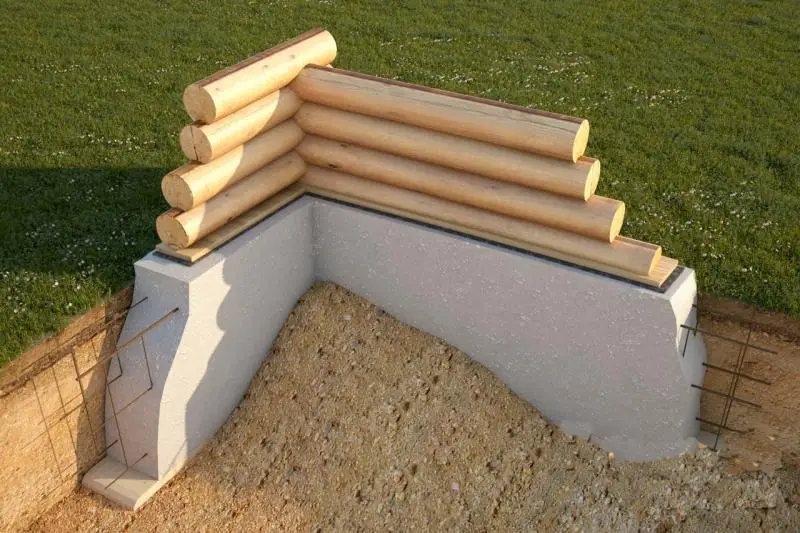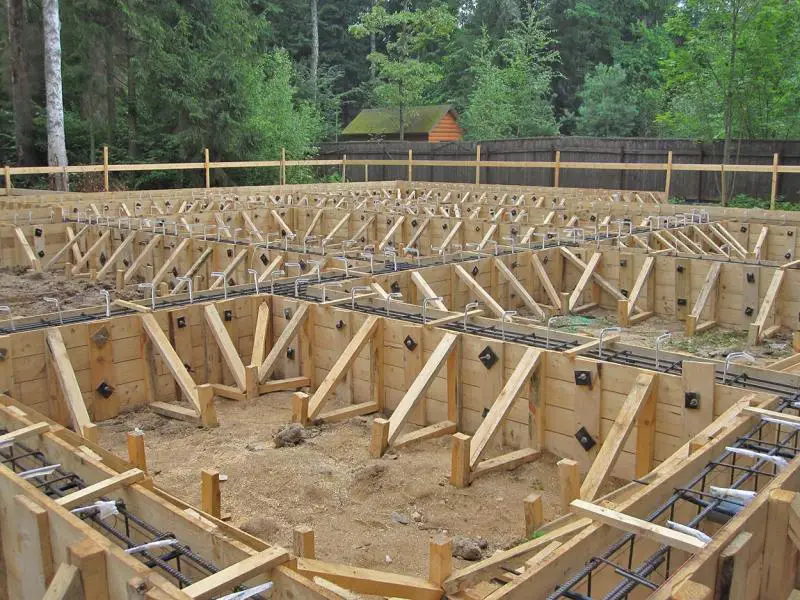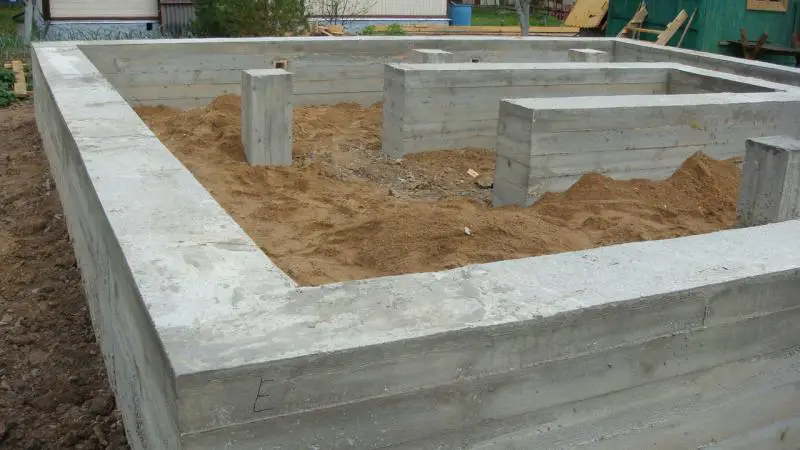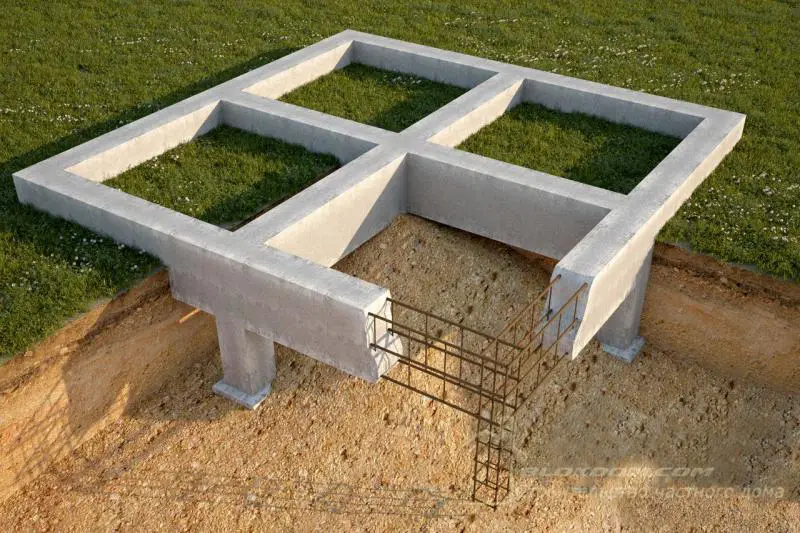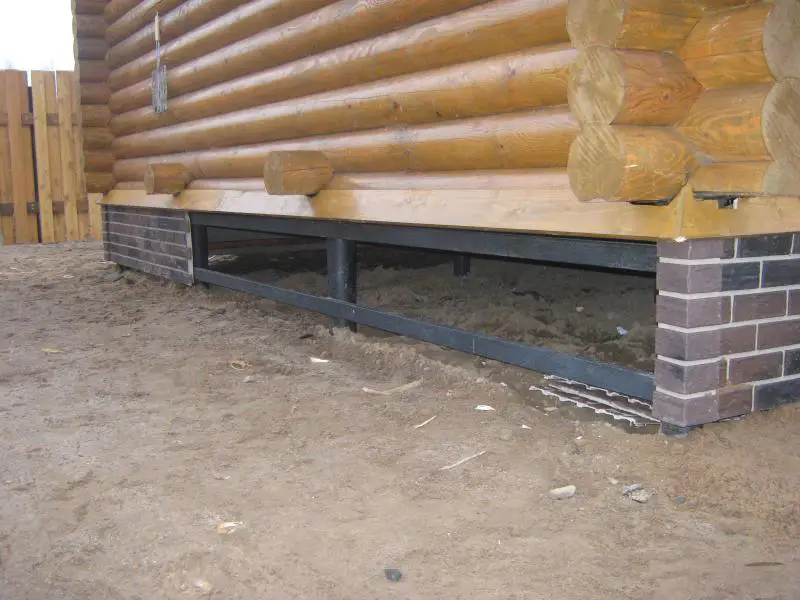There can be your advertisement
300x150
Ventilated Facades
Facade design faces many demands. It must be strong, highly sound and thermally insulated, moisture-resistant, visually appealing, and cost-effective. Search engines increasingly show articles about ventilated facades when users search for 'facade'.
Almost all sources highlight their excellent performance and say they are indispensable. But what makes them so popular, and is it worth using them for your home's exterior?
Facades or Insulation?
A ventilated facade is a complex structure made of an outer cladding, battens, an air gap, and insulation layer. The air gap is mandatory. Its main purpose is to remove condensation and provide additional thermal insulation.

To fully perform its function, the air gap must be at least 2 cm wide. Otherwise, moisture accumulation may lead to wetting of insulation materials, negatively affecting their performance and lifespan.
But the air gap is not the only factor enabling ventilation. It’s crucial that nothing blocks airflow. This is achieved using specially perforated elements.
Material selection is especially critical. Quality directly affects both the building’s appearance and facade longevity. The load-bearing structure and batten system are equally important. The structure must be securely fastened to the wall, considering the weight of subsequent layers.
The same applies to battens—their type depends on the chosen cladding material.
Advantages of Ventilated Facades
These systems offer many benefits.
First, they can be installed year-round, unlike plaster finishes or adhesive-based materials. No wall preparation is needed before installation. Moreover, ventilated facades can conceal surface defects and significantly improve a building’s appearance.
Second, they can be used on almost any building, including during major renovations of old structures. One note: on buildings under three stories, they may look less appropriate.
Third, the air gap acts as a ventilation system, preserving insulation quality. This is especially effective during temperature fluctuations. When air temperature rises, some materials expand. The air gap prevents deformation and structural damage.
Disadvantages of Ventilated Facades
Despite many advantages, ventilated facades also have drawbacks. First, cost—today, not everyone can afford one. Second, for the air gap to work properly, strict installation standards must be followed. Poorly installed facades may actually increase moisture accumulation and material damage.
Considering cost and installation complexity, a third drawback is lifespan. At such a price, one would expect a 100-year lifespan, not 30.
In conclusion, ventilated facades are an excellent way to create a high-quality thermal insulation layer with superior aesthetics. They are expensive, but when comfort and safety are priorities, cost becomes secondary.

